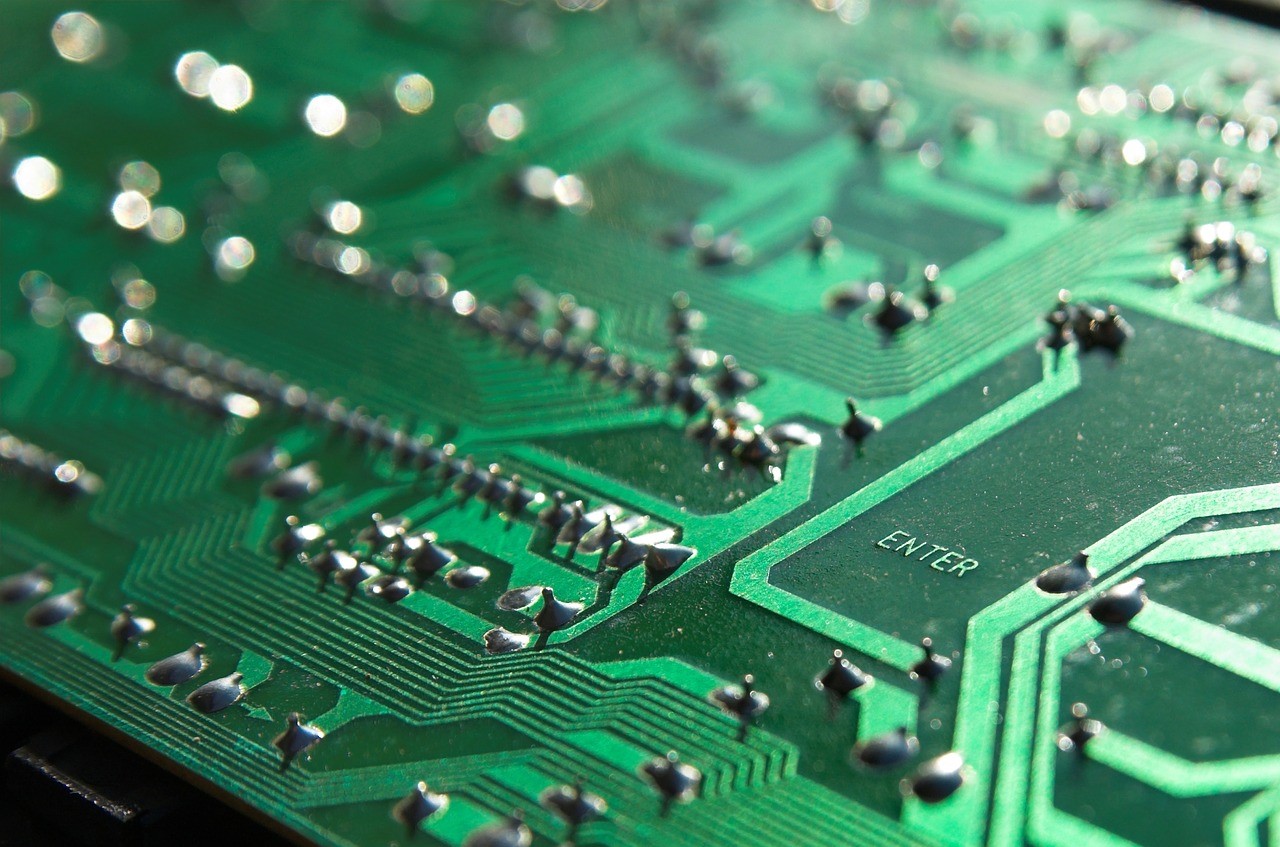
By Heather Hamilton, contributing writer
A research team from North Carolina State University announced that they’d developed a new way to directly print metal circuits for use in flexible electronics. Jingyan Dong, who worked on the accompanying paper and as an associate professor in the Edward P. Fitts Department of Industrial & Systems Engineering, recognizes the high manufacturing costs involved with flexible electronics and acknowledges the significant barrier if they are to be used commercially. The research was completed with grants from the National Science Foundation and appears in the journal Advanced Material Technologies.
As it stands, flexible electronics are too expensive for use in consumer products, despite their potential for creating some really interesting — and useful — products. Imagine the hype over a phone that could fold up or a smartwatch that could withstand being run over by a car.
The team writes, “The EHD-printed [electrohydrodamic-printed] microscale metallic conductors represent a promising way to create conductive paths with metallic conductivity and excellent flexibility and stretchability.”
By using a variety of substrates and metals that work with existing systems used for manufacturing that currently use direct printing technologies, the team hopes to provide a more efficient way to produce high-resolution circuits for use in commercial devices.
The new approach relies on current electrohydrodynamic printing technology but uses molten metal alloys instead of ink. To demonstrate the technology, researchers used three alloys to print on glass, paper, and two stretchable polymers. Together, they created a high-density touch sensor that fit a 400-pixel array into one square centimeter. Dong emphasizes that the process uses direct printing. “There is no mask, no etching, and no molds, making the process much more straightforward,” he says.
After bending a circuit 1,000 times, the research team found that, when printed on a polymer substrate, the conductivity remained untouched. When stretched to 70% of tensile strain, the circuits also maintained stability and even healed themselves if they were bent or stretched beyond capacity.
Dong explains that the low melting point enables the circuits to be heated to approximately 70°C, which allows the metal to flow together and repair damage. Dong says, “We’ve demonstrated the resilience and functionality of our approach, and we’re open to working with the industry sector to implement the technique in manufacturing wearable sensors or other electronic devices.”
Sources: NCSU News, Electrohydrodynamic (EHD) Printing of Molten Metal Ink for Flexible and Stretchable Conductor with Self-Healing Capability
Advertisement





